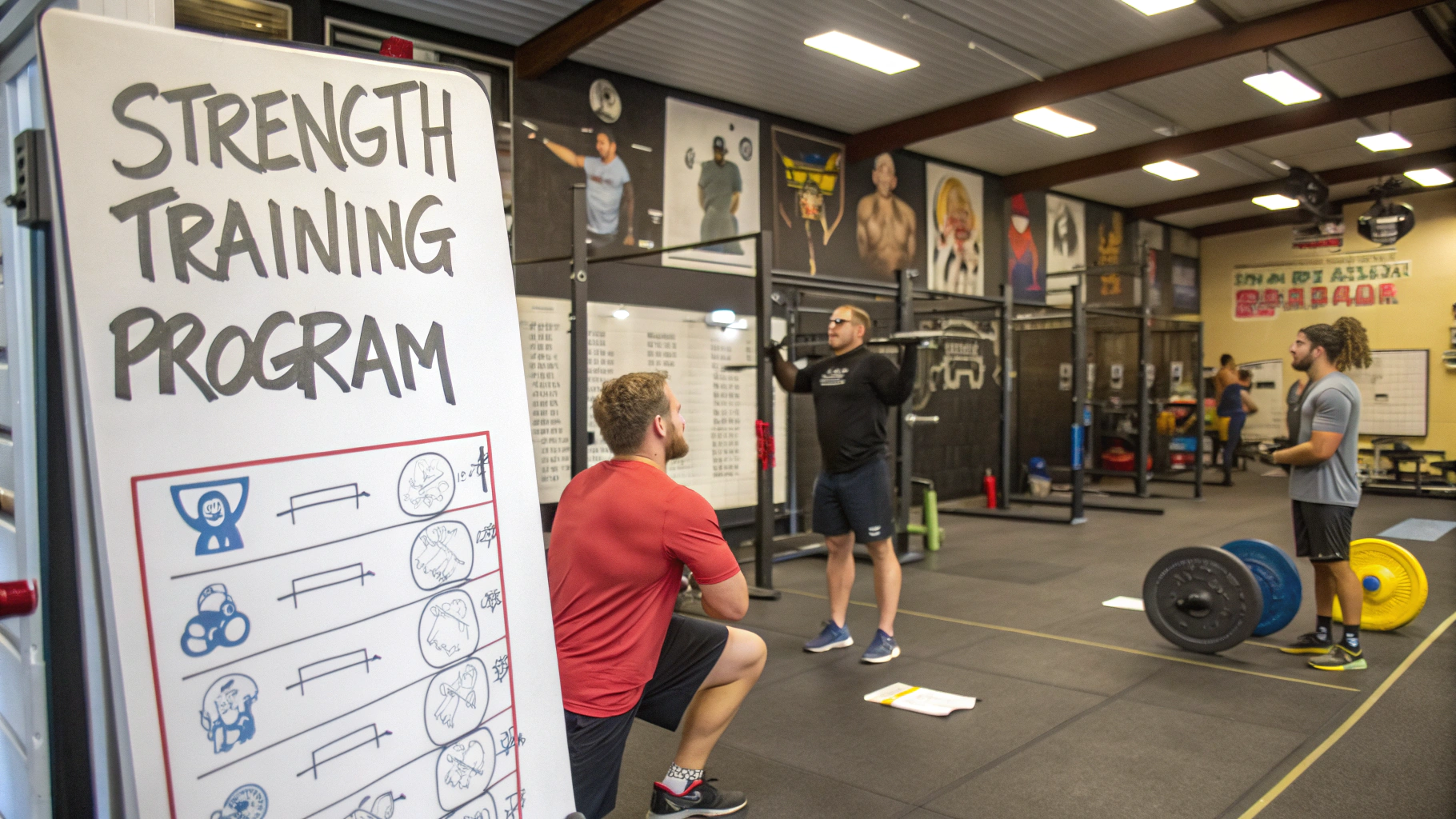Stabilizer muscles play a key role in both sports performance and overall fitness levels. These muscles, often overlooked, provide critical support that enables primary muscles to achieve optimal performance. This comprehensive article delves into the science and importance of stabilizer muscles, examining current research, practical applications, and offering evidence-based guidelines for athletes and fitness enthusiasts. By the end, you'll gain a clear understanding of how to incorporate stabilizer training into your regimen for enhanced outcomes.
Scientific Overview
Stabilizer muscles are essential components of the musculoskeletal system, tasked with maintaining joint stability and balance. Unlike primary movers, which are active during a movement, stabilizers act as support, playing a fundamental yet often unnoticed role in functional movements.
- Current Research: Studies have shown the influence of stabilizers in reducing injury risk and improving athletic performance (Kibler et al., 2006). These muscles, when adequately developed, enhance biomechanical function and efficiency.
- Key Concepts: Stabilizers are typically smaller muscle groups, including those in the core, hips, shoulders, and spine. Their slow-twitch muscle fibers allow for sustained contractions crucial for posture and balance.
- Practical Relevance: In sports like football or gymnastics, stabilizers maintain joint alignment during dynamic movements, facilitating power transfer and skill execution.
- Common Misconceptions: A prevalent misconception is that stabilizer muscle training is unnecessary if the primary movers are strong. In fact, an imbalance between stabilizers and prime movers can lead to dysfunction and increased injury risk.
Research Evidence
The study of stabilizer muscles is well-documented in the field of sports science. Key research findings have shown the significant role these muscles play in ensuring efficient movement.
- Key Studies: A noteworthy study by Hodges et al. (2003) demonstrated that core stabilizers activate fractionally before limb movements, highlighting their proactive role in movement initiation.
- Scientific Findings: Research indicates that targeted stabilizer training can significantly enhance performance and reduce ligament injuries (Hewett et al., 2010).
- Practical Applications: Incorporating stabilizer exercises into rehabilitation programs can speed recovery and prevent re-injury.
- Expert Opinions: Renowned sports physiotherapist, Dr. Natasha Trentacosta, suggests, "Stabilizer strength is foundational to all athletic endeavors, akin to how a building requires a stable foundation."
Practical Applications
Training stabilizer muscles requires a strategic approach to ensure comprehensive development across all necessary areas.
- Training Implications: Core stability exercises, balance training, and proprioceptive activities are essential components of an effective program.
- Implementation Strategies: Start with basic exercises like the plank or wall squats and gradually incorporate complex movements like single-leg balance on unstable surfaces.
- Real-world Examples: Athletes like sprinters include stabilizer work to improve foot strike accuracy and running economy.
- Case Studies: A study on basketball players revealed that an 8-week stabilizer program reduced ankle injuries by 30% (McGuine et al., 2006).
Guidelines & Recommendations
Incorporating stabilizer training into a regular fitness routine is beneficial, yet requires attention to detail and safety.
- Evidence-based Practices: To maximize efficacy, focus on exercises that engage multiple planes of movement and unstable environments.
- Application Methods: Consider integrating progressive overload principles to enhance muscle endurance without compromising function.
- Individual Considerations: Adjust exercises based on individual needs, fitness level, and sport-specific demands.
- Safety Guidelines: Always warm up, use controlled movements, and avoid pain during exercises.
FAQ Section
- What are stabilizer muscles?
- Stabilizer muscles are smaller muscle groups responsible for supporting joints, maintaining posture, and allowing primary muscles to function efficiently.
- Why are stabilizer muscles important?
- They prevent injuries, improve balance, and optimize athletic performance by ensuring that movements are efficient and biomechanically sound.
- How can I strengthen my stabilizer muscles?
- Incorporate stability-focused exercises like planks, Pilates, balance workouts, and resistance training that targets smaller muscle groups.
- Are there specific sports that benefit more from stabilizer muscle training?
- While all sports benefit, those requiring high agility and balance like skiing, wrestling, and gymnastics especially rely on strong stabilizers.
In conclusion, understanding and effectively training stabilizer muscles are vital for athletes and anyone looking to improve their physical condition. These muscles provide the necessary foundation for movement efficiency, injury prevention, and enhanced athletic performance. By integrating evidence-based strategies into your training routine, you can optimize your functional capabilities and achieve your fitness goals safely and effectively.











 浙公网安备
33010002000092号
浙公网安备
33010002000092号 浙B2-20120091-4
浙B2-20120091-4